Since you dog has no way of telling you that is has a toothache, dog owners must take care to look after the dental health of their dog. An untreated tooth infection can lead to very serious problems with your pets' vital organs.
The diet your dog eats makes a big difference to the health of their teeth. Fortified dog food and treats which are designed to maintain dental health are one good way to protect your pets' health. You can have your dogs' teeth professionally cleaned by your vet, but this is not needed except in extreme cases; your dog has to be anesthetized and can be expensive and risky for your pet.
Getting Started with Dog Teeth Cleaning
Even if your dog is no longer a puppy you can train them to accept having their teeth brushed with some patience and perseverance. Both dogs and puppies alike can be acclimated to having the toothbrush in their mouths simply by starting out using your finger and a dab of peanut butter.
Your pet will lick your finger (and the peanut butter). You can start rubbing their teeth and gums while praising your dog. After a few days you r dog will become accustomed to this and you can start trying it with a piece of gauze wrapped around your finger. Rub the teeth and gums with your finger just as you would with a toothbrush. When your dog gets used to this procedure, you can start using a real toothbrush.
You should not use toothpaste which is made for humans, as this will cause your dog to have an upset stomach. There is toothpaste designed for dogs which have a taste and smell which appeal to your pet. Let your dog lick a little off of the brush and then add more and start brushing.
Lift the sides of your dog's gums so you can access their upper teeth, aptly called the canines, and hold the toothbrush at a 45 degree angle for the best results. This allows you to clean the gum line as well as the teeth to keep the gums equally as healthy. Brushing two to three teeth at a time, brush in a circular motion anywhere from eight to ten times or so in order to get each area clean. A dog's upper back teeth tend to be the most susceptible to decay and periodontal disease, so if anything, focus your efforts there first.
Dog teeth cleaning should always be a happy, positive event. However, you will want to remain upbeat, but also low-key to keep your dog on the same wavelength and from becoming overly excited. Usually no more than one minute or so is long enough before your dog loses interest, but after practicing for a bit, you'll find that that's all it takes to keep your dog's teeth clean, keeping them happy and healthy.

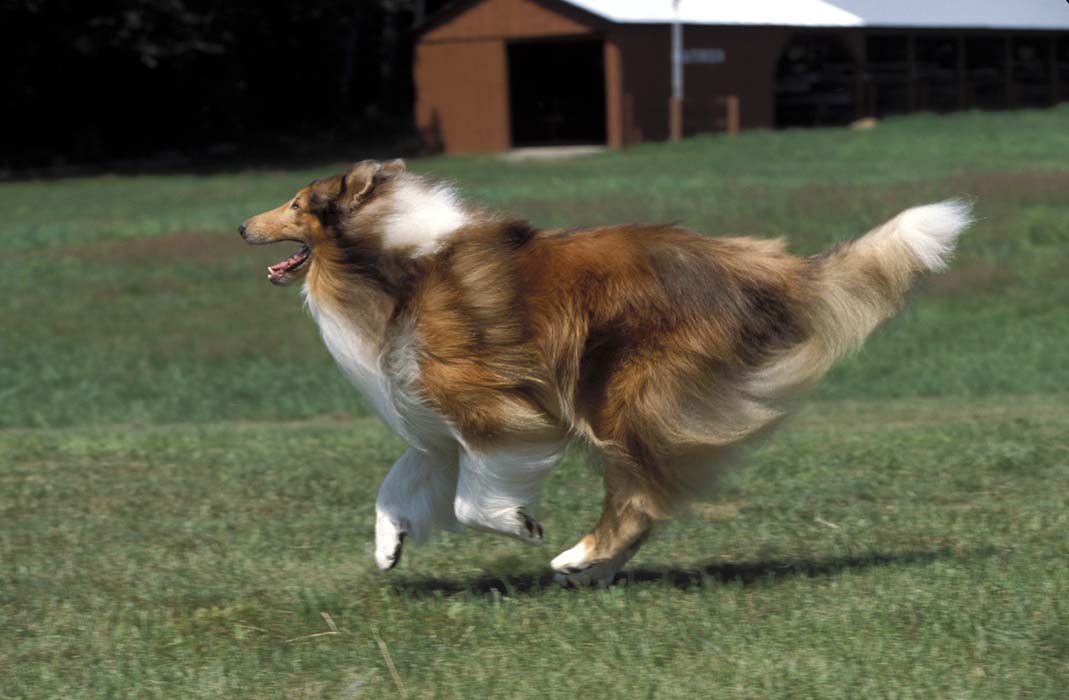 These Flowing, Glamorous Coats Give Us Breed Envy
Seeming to float around the dog sho
These Flowing, Glamorous Coats Give Us Breed Envy
Seeming to float around the dog sho
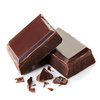 Human Foods Dogs Can and Can't Eat
Dedicated dog lovers tend to be ver
Human Foods Dogs Can and Can't Eat
Dedicated dog lovers tend to be ver
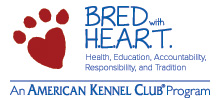 Causes of Mammary Enlargement in Dogs
When a bitch goes through a false p
Causes of Mammary Enlargement in Dogs
When a bitch goes through a false p
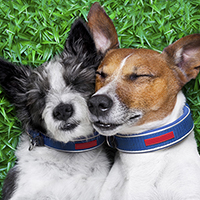 Let’s Go to the Vet
Let’s Go to the Vet – M
Let’s Go to the Vet
Let’s Go to the Vet – M
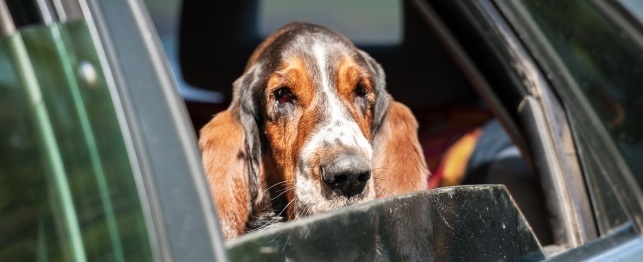 10 Tips that Can Keep Your Pet Safe!
10 Tips that Can Keep Your Pet Safe!
10 Tips that Can Keep Your Pet Safe!
10 Tips that Can Keep Your Pet Safe!